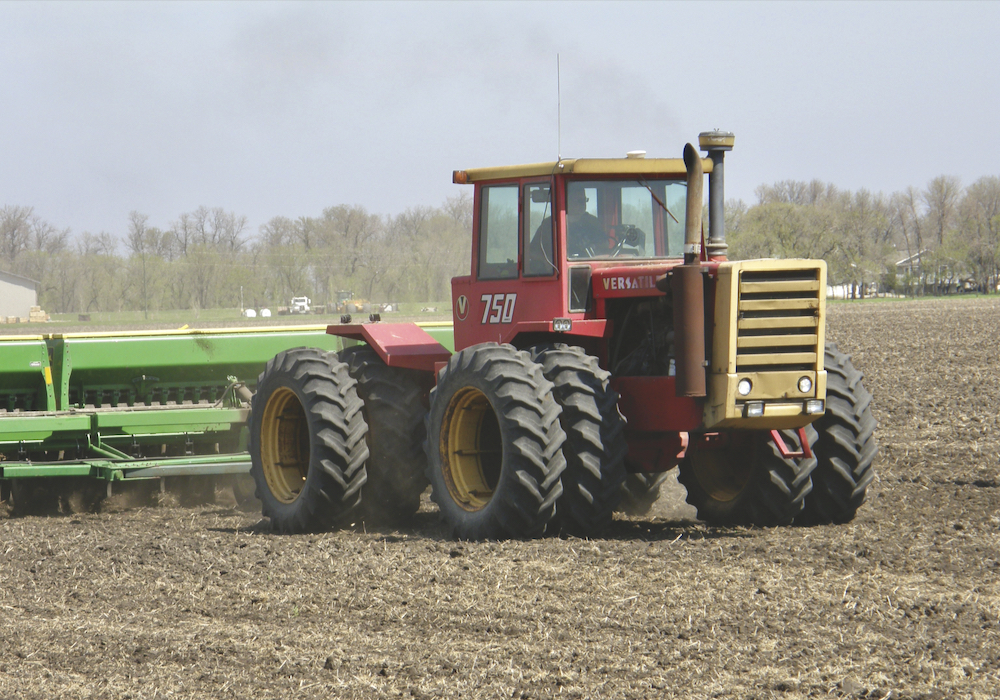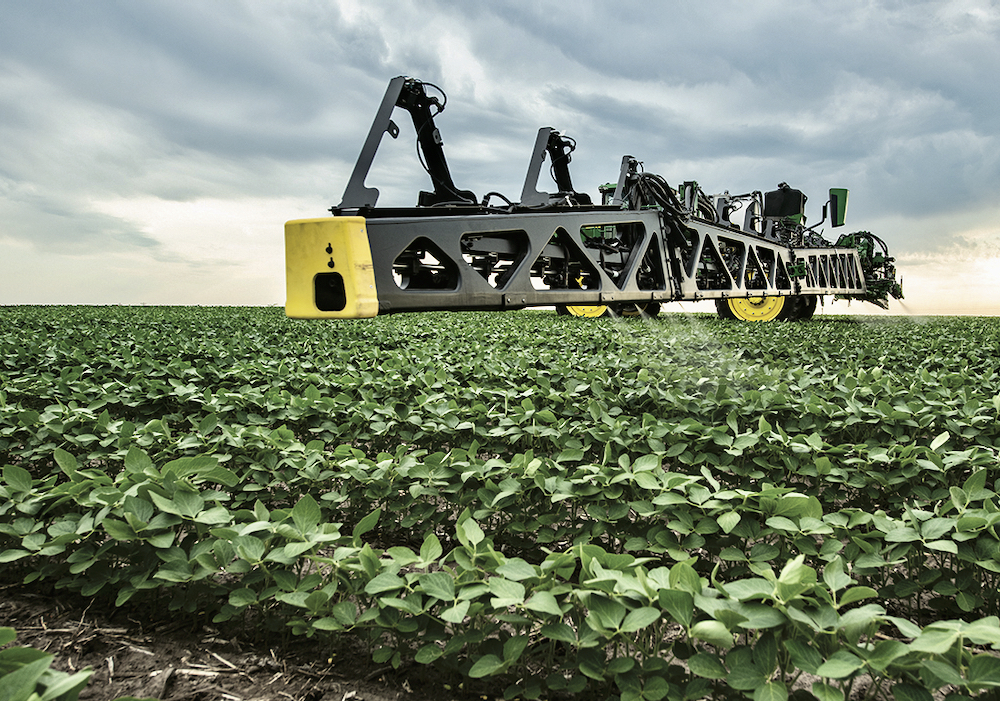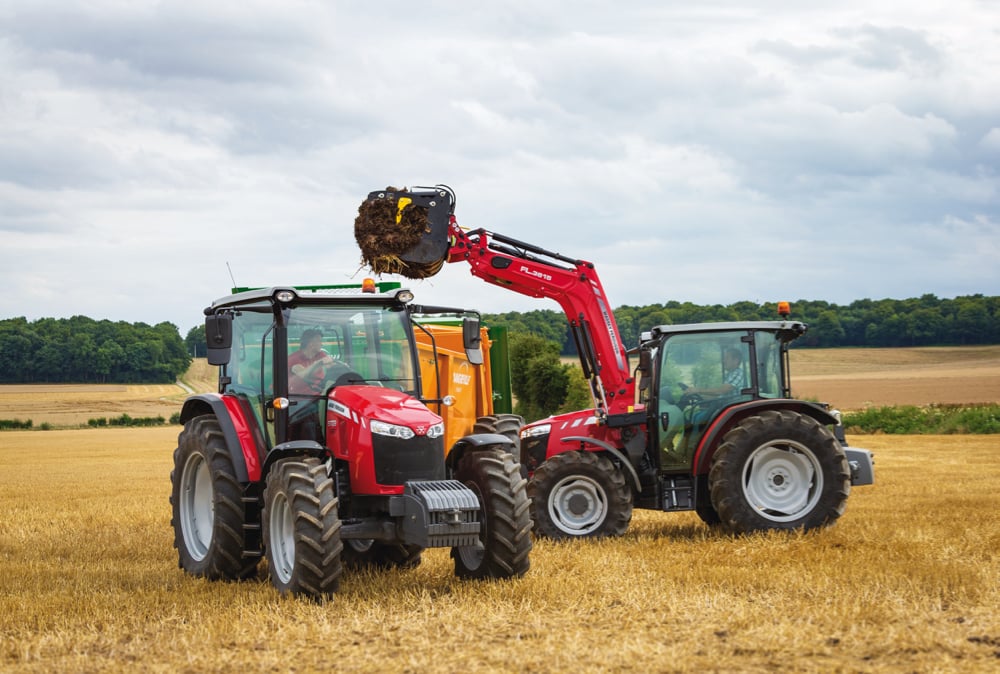What a difference a year makes. The heady days of overfilled order books at ag equipment assembly plants have faded into history. By the end of September, the Association of Equipment Manufacturers (AEM) was reporting year-to-date sales of four-wheel-drive tractors in Canada were down by 19.8 per cent. Combine sales had slumped even further, dipping 21.1 per cent, although sales of rigid-frame tractors above 100 horsepower still managed modest growth of 3.9 per cent.
In the U.S., the news is as bad or worse, with a 15 per cent decline in four-wheel-drive tractors and a 17 per cent dip in combines. Sales of rigid-frame tractors above 100 horsepower there have fallen off 8.6 per cent.
Read Also

Summer Series: Old machines,new technology
One of my first jobs was working as a mechanic’s helper at a farm equipment dealership in the late 1970s….
Meanwhile in Russia, the only overseas country in which AEM tracks sales, year-to-date sales had actually been riding high over 2013 numbers, but by August they were plunging, with overall tractor and combine sales down about 30 per cent on a month-to-month comparison, suggesting a severe cooling off.
Russia was one of the growth markets that the Big Four equipment brands have had their eyes on and invested in, so declining sales there are bound to be a blow to shareholder expectations. Low commodity prices, the loss of access to capital and political isolationism are fuelling uncertainty there.
Although the dynamics affecting global farm revenue and machinery sales vary from region to region, overall demand for ag equipment is clearly falling. Agriculture, and therefore ag equipment sales, had been among the few sectors to weather the latest global economic downturn virtually unhindered. Now they’re staring at tougher times ahead, at least in the short term.
It’s important to remember, though, that the decline in farm equipment sales is happening to an industry that was surfing along on never-before-seen, record highs. A cooling down may have been inevitable, and even a pull-back of 10 to 20 per cent overall still equates to relatively strong demand from a historic perspective.
But there are some new problems the sector will have to deal with.
“We believe the long-term fundamentals in agriculture are very strong,” says John Lagemann, John Deere’s VP of ag and turf sales and marketing. “Having said that, the market will go through dynamics and we’re going through dynamics right now. We understand this industry has some cycles to it and we’re very well prepared, we’re managing appropriately… we’ll match our production to market demand and that’s what we’ll do. That’s the way we’ve always run the business.”
For Deere, and the other brands the first step in matching production to market demand is to slow down assembly lines and lay off workers. In August, Deere announced it was placing 460 employees from its Waterloo assembly plant on “indefinite layoff.” Other brands have made similar announcements. For example, short-line manufacturer Great Plains gave 40 workers their pink slips this past summer, and AGCO announced it will cut back production at its facilities.
“During the third quarter, we experienced weaker-than-anticipated levels of demand and are responding by making more aggressive cuts in production schedules and expenses,” stated Martin Richenhagen, AGCO’s chairman, president and CEO in an investor-relations press release.
In the U.S., which is still the largest and most lucrative market for equipment manufacturers, there are several factors putting pressure on sales. Low commodity prices, of course, are front and centre, and there may be no immediate relief on that front.
“The big question is, of course: ‘how long will this downturn in farm income last?’’’ says an article published by AEM. “According to the USDA’s 2023 projections, lower crop prices will continue to result in declines in export values and farm cash receipts through 2016 (in the U.S.).”
According to the OECD-FAO Agricultural outlook, Canadian farmers will face the same. “Crop prices are expected to drop for one or two more years, before stabilizing at levels that remain above the pre-2008 period, but significantly below recent peaks,” reads their report.
One factor unique to the U.S. that will drive sales numbers lower is a change in tax laws that will affect new machine depreciation.
“Capital expenditures on machinery are expected to decrease from past heights due to a change in tax incentives and subsidies,” forecasts the AEM. “The amount that can currently be deducted for tax purposes is set to drop from $75,000 to $25,000.”
The ag equipment sector is also feeling the full effects of a hangover from the previously overheated market, which left dealer lots littered with low-hour, high-value machines looking for homes.
“The large inventory of used equipment sitting on dealer lots is not only decreasing the ability of the dealers to purchase and finance new equipment, but is also lowering the value of the trade-ins farmers tend to use when buying new equipment,” notes the AEM. “Dealers might go so far as to not accept used equipment for trade-ins. The fact that some large companies are offering sales incentives such as free warranties on used equipment illustrates the urgency to get it off the lots.”
Deere is one of those to announce an incentive program this summer to help keep demand up for used equipment.
“We are introducing a strategy we’re calling certified pre-owned,” says Lagemann. “We think it’s the right kind of strategy because of the value of used equipment. One of the biggest reasons customers purchase equipment is to help them manage their risk. When they buy equipment, they want to use it.”
Lagemann says there are two elements of Deere’s certified pre-owned strategy that are especially important. First is that every piece of certified equipment it qualifies will have a one-year comprehensive warranty on it just like a new warranty. Second is that they will all have JD Link capability, which means they will be telematically enabled, allowing a customer to manage risk profile and also boost their productivity.
Lagemann also sees a bright spot in the current commodity price doldrums. Livestock producers who are looking at record beef prices will also have lower production costs, greatly increasing their profit margins.
“We’re going to have a record corn and soybean crop, that’s putting pressure on prices,” Lagemann says. “But if you think about it, from the livestock customer segment, that means the lowest cost those producers have seen in many years.”
In an act of impeccable timing, Deere just released an almost entirely updated line of hay and forage products that will cash in on what could be a jump in new equipment sales in that sector, which had been an industry laggard.
“We’re very, very pleased with what we’ve introduced,” Lagemann says.
And Lagemann sees one other potential bright spot for Deere from lower farm incomes. He believes farmers will be looking for ways to better manage input costs. That in turn means they will be in the market for products that help them do that, which suits Deere’s digital technology strategy right down to a tee.
“If you think about the ability to analyze the effect of inputs, that’s a big deal,” Lagemann says. “I argue now our customers will be even more focused on the cost side than they’ve ever been… and if you think about cost management, that really invites precision agriculture.”
Says Lagemann: “We believe technology integrated with the product, supported by the customer allows us to take agriculture to another level. That’s what we’re really excited about.”

















